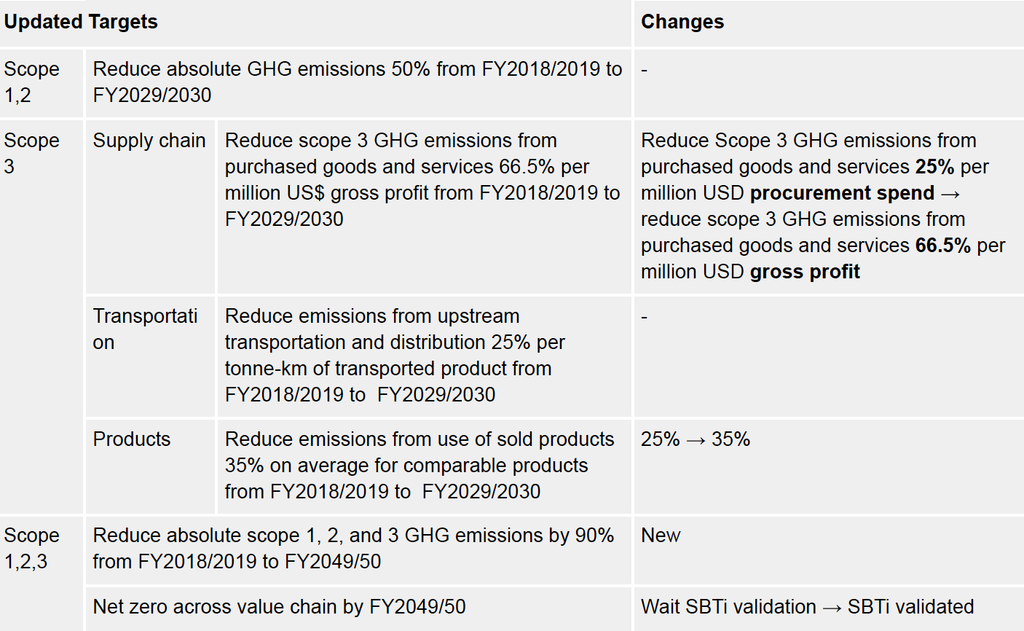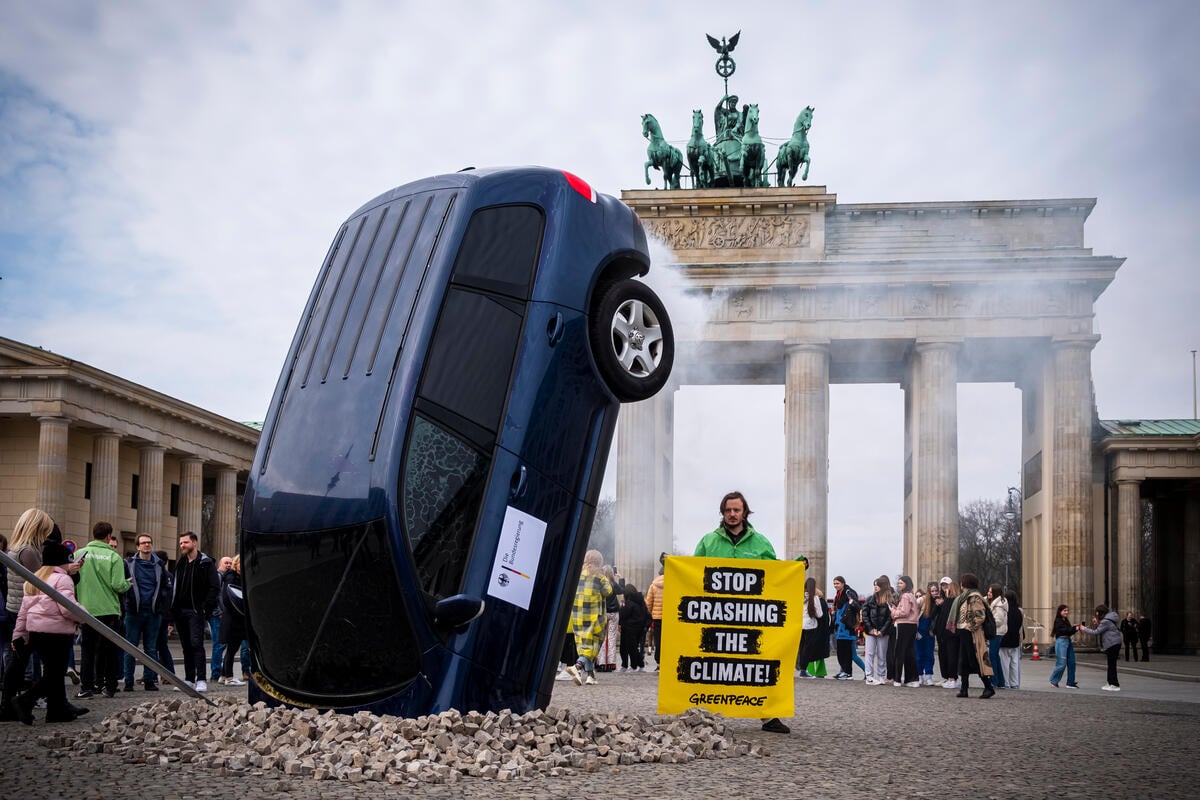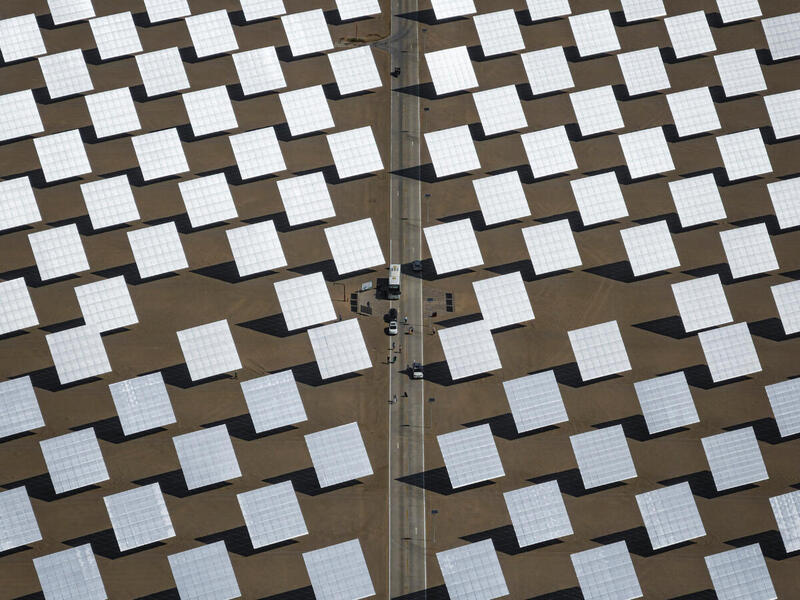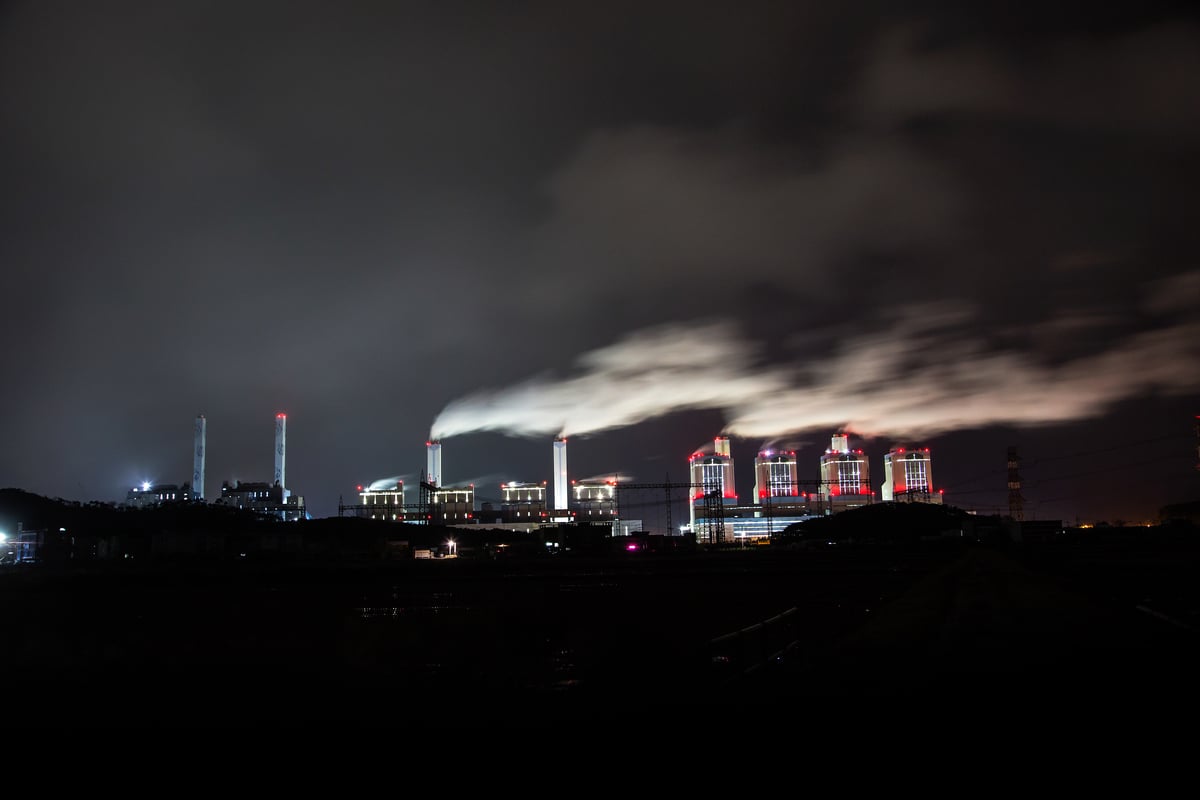Some big news – Lenovo, a Hong Kong-based company, has become the first PC maker to receive 1.5 degree validation from the Science-based Targets initiative (SBTi).
That sounds important, right? But … is it? And what does it really mean for our planet?
Let’s take a look at Lenovo’s updated target and assess the impact.
Dirty Data
The tech industry comes with a heavy carbon footprint. From laptops, to smartphones to servers, electricity is needed to build our devices, operate them, and store our data.
Unfortunately, the bulk of this electricity comes from polluting fossil fuels, including coal. Every time we open a web browser, we tap into a network of massive, energy guzzling data centers, which operate 24/7 to store the information we need. Even more electricity is consumed in the process of manufacturing our phones, computers and other devices, from the creation of microchips to the assembly process.
As our internet use expands and technologies like AI become increasingly widespread, the sector’s electricity consumption will only continue to skyrocket.
In fact, electricity use from the global tech industry is projected to shoot up more than 60% between 2020 and 2030, making the tech sector one of the fastest growing sources of electricity consumption in the world.
Lenovo vs. its Rivals
For years, campaigners have called on tech companies to clean up their act. Since 2011 Greenpeace has been campaigning tech giants like Apple, Microsoft and Google to achieve 100% renewable energy use across their operations.
In October 2022, Greenpeace East Asia ranked consumer electronics brands and their biggest suppliers on their renewable energy use and climate action. Lenovo received an F in the scorecard, behind rivals Apple, Google, Microsoft, Dell and others.
Lenovo’s low score reflected the company’s lack of 100% renewable energy commitment across its supply chain, heavy reliance on renewable energy certificates (RECs) and poor disclosure of its supply chain emissions and electricity usage, among other factors.
By contrast, Apple has already achieved 100% renewable energy across its own operations and is working toward the same goal for its supply chain by 2030.
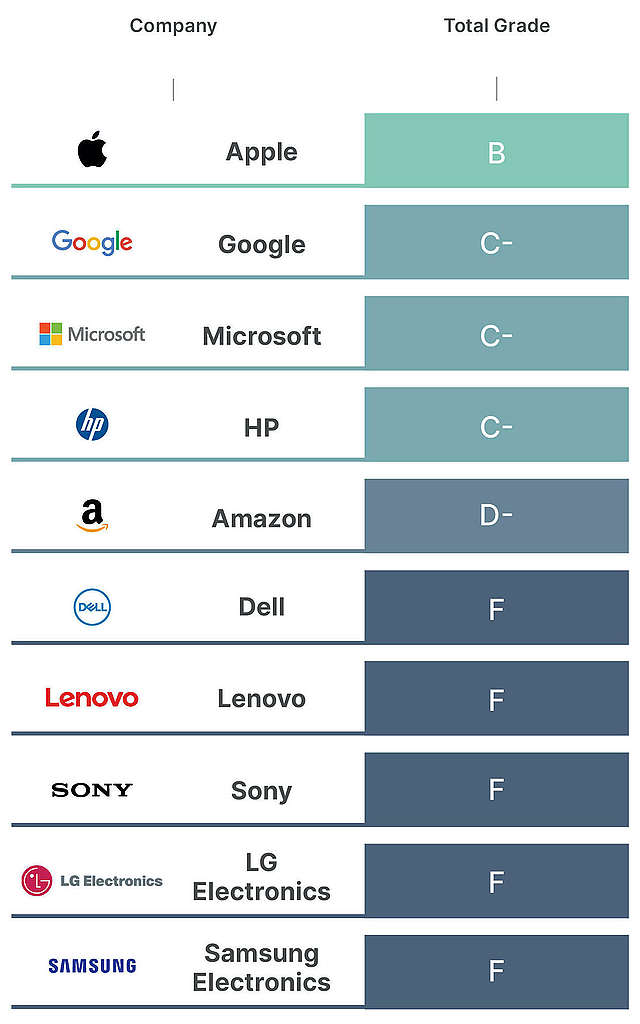
Source: Greenpeace East Asia, Supply Change, 2022
The Big Announcement
On January 19, Lenovo updated its Science-based targets (SBTi).
For context, SBTi is a partnership between CDP, the United Nations Global Compact, World Resources Institute (WRI) and the World Wide Fund for Nature (WWF), which sets benchmarks for corporations to create emission reduction pathways that are aligned with a 1.5°C heating scenario. It’s considered the gold standard of corporate environmental targets.
As part of its updated target, Lenovo committed to reach net zero across its value chain by 2050. In other words, by 2050, Lenovo’s operations and supply chain will not lead to a net increase in greenhouse gasses in the atmosphere.
To reach its goal, Lenovo aims to reduce emissions from its own operations (scope 1 and 2) and across its supply chain (scope 3) 90% by FY2049/50. Lenovo has also set an intensity emissions reduction target for its supply chain, as well as benchmarks to reduce emissions from transportation and the use of sold products.
It’s exciting to see that Lenovo’s net zero targets are aligned with a 1.5 heating limit. Unlike Lenovo, rivals Samsung Electronics and Xiaomi have not aligned their targets with the 1.5C pathway and will need to up their game to keep up.
Targets vs. Practice
In 2021, Lenovo’s renewable energy ratio was over 90%, according to Greenpeace East Asia calculations. On paper this looks pretty good! However, unfortunately, Lenovo chose the least impactful approach to reach the company’s target.
Nearly 97% of Lenovo’s reported renewable energy use is sourced from RECs, according to Greenpeace East Asia calculations. RECs are credits that can be purchased to offset electricity emissions from fossil fuels. This fact matters a lot because, in most cases, RECs add no additional renewable energy production.
When it comes to emissions reduction, direct purchase of renewable electricity is the ideal approach. Like its peers Apple and Microsoft, Lenovo must prioritize sourcing methods such as onsite generation, power purchase agreements (PPAs), and investment in renewable energy power plants, as these methods will increase the additionality of renewables in the local grid.
| Company | Ratio of renewable energy sourced from onsite generation, PPAs, and investment |
| Lenovo | 2.63% |
| Microsoft | 53% |
| Apple | 98% |
Tackling the Supply Chain
Reducing supply chain emissions is critical to reaching net zero for all tech companies, including Lenovo. Consumer electronics suppliers, including semiconductor manufacturers, display manufacturers, and final assemblers, account for more than three-quarter of the electronics industry’s total emissions.
However, Lenovo’s updated target for its supply chain contains loopholes and lacks urgency.
Before 2030, Lenovo designed an intensity emissions reduction target for its supply chain, which means that the target depends on the company’s profit. In this case, Lenovo has pledged to reduce its supply chain emissions by 66.5% for every 1 million USD in gross profit that the company earns by 2030.
Based on the updated target, if Lenovo’s gross profit were to triple before FY2029/30 compared to FY2018/19, the company would still meet its supply chain targets without needing to cut any emissions from the 2018 baseline. It’s also important to note that Lenovo’s supply chain emissions surged more than 35% between 2018 and 2021.
Lenovo’s loose 2030 supply chain targets mean that its suppliers will need to play catch up after 2030 in order to reach net zero by 2050. Lenovo’s lax targets appear out of line with the IPCC’s call to at least half absolute emissions by 2030 worldwide. By contrast, Apple requires that its suppliers achieve 100% renewable energy by 2030, and both Sony and Microsoft are on track to cut their supply chain emissions by 45% and 50% by 2030, respectively.
At present, Lenovo’s suppliers lag far behind when it comes to climate action. The renewable energy ratio of Lenovo’s biggest suppliers, such as TSMC, Luxshare Precision, SK Hynix, remains below 15%. Luxshare, Hon Hai, BOE and Goertek still lack 100% renewable energy targets.
| Supplier to Lenovo | Renewable Energy Ratio | 100% Renewable Energy Target |
| Intel | 82.00% | Commitment |
| Hon Hai | 5.17% | No commitment |
| Luxshare Precision | 13.26% | No commitment |
| SK Hynix | 4.10% | Commitment |
| BOE | No disclosure | No commitment |
| LG Display | 11% | No commitment |
| Samsung Electronics | 20.48% | Commitment |
| Goertek | No disclosure | No commitment |
| TSMC | 9.20% | Commitment |
| Sharp | < 1% | No commitment |
The Big Picture
It’s exciting that Lenovo has aligned its net zero strategy with a 1.5C pathway, but on the whole, Lenovo’s updated targets lack urgency. The company’s real world progress toward reaching its targets is behind schedule, emissions reduction is heavily dependent on RECs, and Lenovo’s supply chain target is not in line with industry best practices.
Our planet is experiencing increasingly devastating impacts of climate change, yet tech industry emissions continue to grow. Lenovo’s updated SBTI targets are insufficient in the face of catastrophic flooding, heat waves, and storms. As a leading player in the electronics sector, Lenovo needs to catch up with its rivals and accelerate progress toward 100% renewable energy across its operations and supply chain by 2030.
Lenovo’s Updated SBTi Targets
